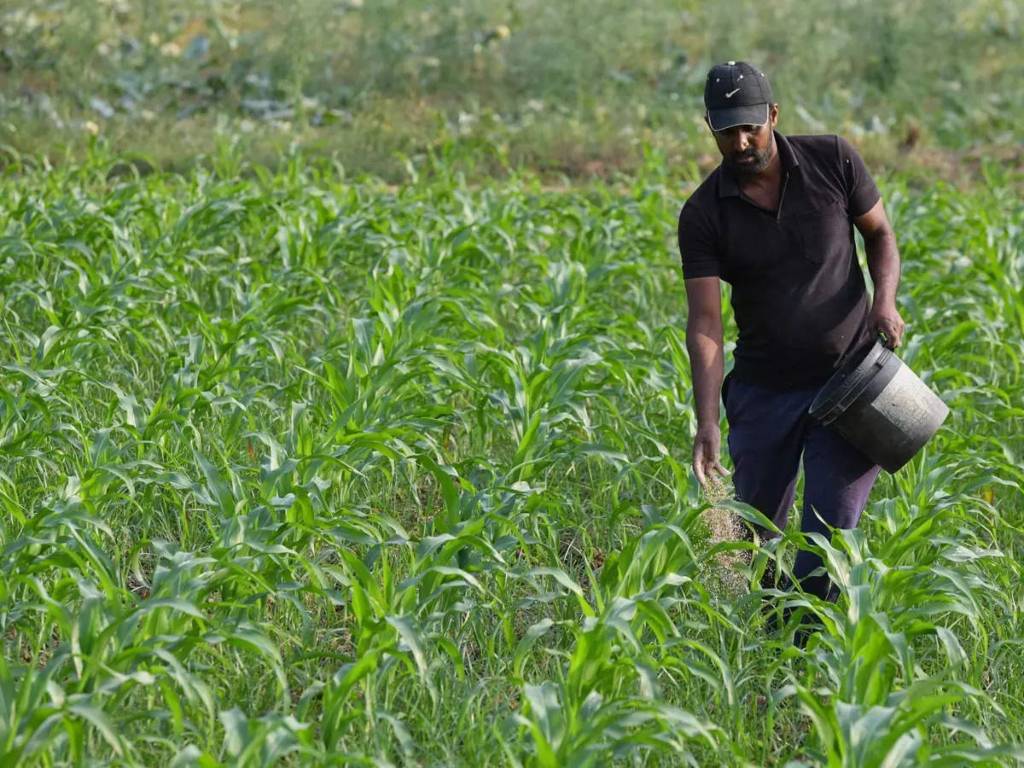
The fertilizer ministry requested an extra Rs 30,000 crore as subsidy allocation for the final quarter of the current fiscal that will be in addition to Rs 2.15 trillion already assigned by the finance ministry for the subsidy on soil nutrients.
This will be in addition to the Rs 1.09 trillion additional fertilizer subsidy that was already included in the net expenditure of Rs 3.26 trillion under the initial supplemental grant requests for the current fiscal year that were approved by the Parliament in the winter session.
The ongoing fiscal year's budget estimate for fertilizer subsidies is Rs 1.05 trillion. Due to the unexpected outbreak of the Ukraine war and the subsequent spike in commodity prices, particularly for fertilizers and feedstocks like natural gas, the subsidy requirements ended up being significantly greater than anticipated.
If the estimates are accurate, the expected subsidy for soil nutrients would be a record in the range of Rs 2.45 trillion with the additional allocation of Rs 30,000 crore.
Meanwhile, in FY22, the subsidy on agricultural fertilizers totaled Rs 1.6 trillion.
The annual Budget expenditure on fertilizer will surpass the Rs 1 trillion level for the third year in a row, up from a lower range of Rs 70,000–80,000 crore in recent years.
Mansukh Mandaviya, the minister of fertilizers, had promised last month that the government wouldn't pass on the cost of rising international prices to farmers and would make sure that there wouldn't be a scarcity of soil nutrients in the nation.
The majority of the country's di-ammonium phosphate (DAP) imports come from West Asia and Jordan, while all of the local muriate of potash (MoP) imports come from Belarus, Canada, Jordan, and other places. 20% of India's annual urea use is also imported.
A third of the quantity of domestic soil nutrients consumed comes from imports. Due to the increase in the price of liquefied natural gas (LNG), a crucial raw material used in the production of urea, the cost of producing urea in the nation has increased significantly.
















